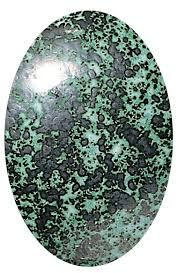The Enduring Significance of Elves in Modern Culture

Introduction
Elves have been a staple of mythology and folklore for centuries, often depicted as magical beings possessing extraordinary abilities. Their portrayal ranges from malevolent tricksters to benevolent guardians. In modern culture, elves have found a significant place in literature, films, and even commercial branding, making them highly relevant in today’s society. Understanding the role of elves can provide insight into cultural narratives, values, and the universal fascination with the fantastical.
Elves in Literature and Film
The resurgence of interest in elves can be traced back to the 20th century, particularly with J.R.R. Tolkien’s works. Tolkien portrayed elves as noble, ethereal beings with an intricate connection to nature, shaping the archetype that we see in many fantasy genres today. The Lord of the Rings and The Hobbit have influenced generations of writers and filmmakers, bringing elves into the forefront of modern storytelling.
Moreover, contemporary films like Elf and The Santa Clause have popularised the playful, whimsical side of elves, particularly in association with Christmas. This portrayal emphasizes the characteristics of elves as joyful, hardworking, and somewhat mischievous, further embedding them into the cultural fabric.
Elves in Gaming and Merchandise
The digital age has brought elves into the realm of gaming, with various role-playing games (RPGs) prominently featuring them. Titles like World of Warcraft and The Elder Scrolls series showcase elves with distinct cultures, abilities, and lore, appealing to a new generation of fans. Their presence in gaming not only showcases their versatility but also enhances engagement through interactive storytelling.
In addition, elves have become popular figures in merchandising, especially around holiday seasons. From toys to festive decorations, the portrayal of elves in retail reflects their enduring appeal and adaptability within contemporary marketing.
Conclusion
The representation of elves in modern culture signifies more than just enchanting fairy tales; it reflects evolving societal values and collective imaginations. As we continue to explore the fantastical realms of literature, film, and digital media, the elf archetype will likely persist, adapting to new narratives and cultures. For readers and enthusiasts alike, the elf remains a symbol of magic, mystery, and the joy of imagination.
